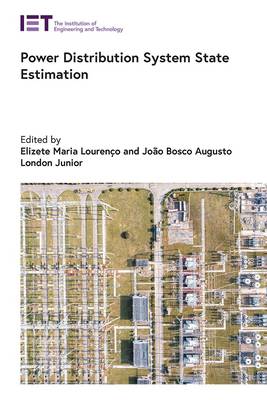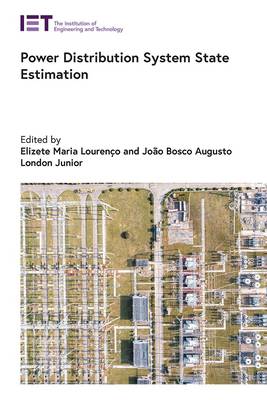
- Retrait gratuit dans votre magasin Club
- 7.000.000 titres dans notre catalogue
- Payer en toute sécurité
- Toujours un magasin près de chez vous
- Retrait gratuit dans votre magasin Club
- 7.000.0000 titres dans notre catalogue
- Payer en toute sécurité
- Toujours un magasin près de chez vous
Power Distribution System State Estimation
Description
State estimation is an enabler for active control of a system, e.g. a network with distributed power generation. State estimation uses data such as real-time measurements, load and production forecasts as inputs to estimate the most likely state at a given moment. The state is the combination of parameter values such voltages, frequencies, current flow, power load and production. The goal of state estimation is to adjust models so that they are closer to observed values and deliver better forecasts. In power systems, this is key to maintaining power quality and operate generation and storage units well. This work, written by international authors from industry and universities, will cover the subject systematically; chapters will start with practical experiences, then cover several modelling and flow calculation models. Use of measurements with varying sampling rates will be covered, and one chapter will focus on low voltage distribution systems.
Spécifications
Parties prenantes
- Editeur:
Contenu
- Nombre de pages :
- 387
- Langue:
- Anglais
- Collection :
Caractéristiques
- EAN:
- 9781839532016
- Date de parution :
- 02-01-23
- Format:
- Livre relié
- Format numérique:
- Genaaid
- Dimensions :
- 163 mm x 241 mm
- Poids :
- 816 g

Les avis
Nous publions uniquement les avis qui respectent les conditions requises. Consultez nos conditions pour les avis.





